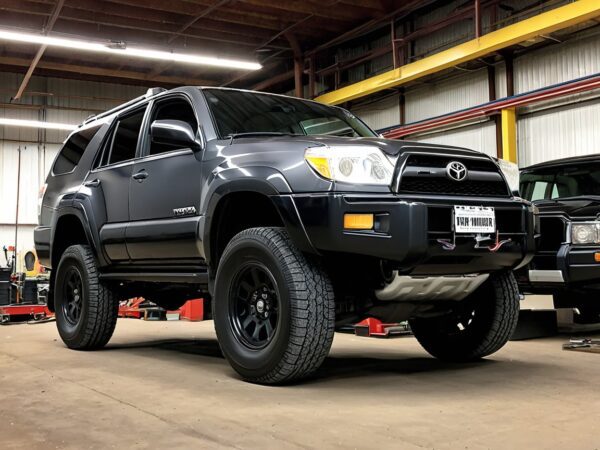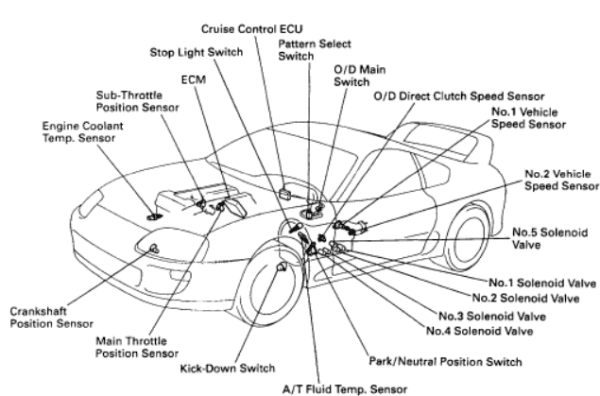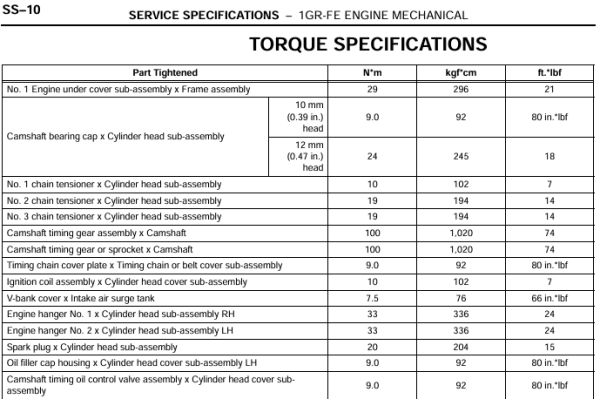Toyota 4runner leak

The Toyota 4Runner is known for its reliability, but like many vehicles, it can develop leaks over time. Common leak areas for the 4Runner include:
1. Sunroof Drains
- Cause: Clogged or misaligned sunroof drains can lead to water pooling inside the cabin, particularly near the headliner or floor.
- Fix: Clean the drains with compressed air or flexible tubing to clear blockages.
2. Rear Window Seal
- Cause: The seal around the rear window can degrade over time, allowing water to seep into the trunk or rear cabin.
- Fix: Inspect the seal for damage and replace it if necessary.
3. Door Seals
- Cause: Faulty or worn door weatherstripping can result in water ingress during heavy rain or car washes.
- Fix: Replace damaged seals with OEM or high-quality aftermarket options.
4. Windshield or Roof Rack Mounts
- Cause: Improperly sealed windshields or roof rack mounting points can allow water to enter the cabin.
- Fix: Reseal the windshield or tighten and seal roof rack mounts.
5. Heater Core or AC System
- Cause: Coolant or water leaks under the dashboard may indicate a heater core issue or clogged AC drain.
- Fix: Diagnose and replace the heater core or clear the AC drain line.
6. Transfer Case or Differential Leak (Specific to drivetrain components)
- Cause: Leaks from the transfer case, rear differential, or oil pan gasket can be due to wear or insufficient sealing.
- Fix: Replace gaskets or seals and ensure proper torque on fasteners.
Precautions and Recommendations
- Regularly inspect seals and gaskets for wear.
- Address leaks promptly to avoid rust, electrical damage, or mold growth.
- Use a flashlight to identify moisture sources during inspection.
If you’re experiencing a specific leak in your Toyota 4Runner, providing details (e.g., location or type of fluid) will help narrow down potential causes.



